Photowalk in Haw Par Mansion
The Haw Par Mansion, together with the Tiger Balm Garden was built in 1935 by Aw Boon Haw, a businessman who becamse successful by selling, well, Tiger Balm. The mansion was build with a blend of Western and Chinese style and therefore a unique piece of architecture designated as a Grade I historic building.
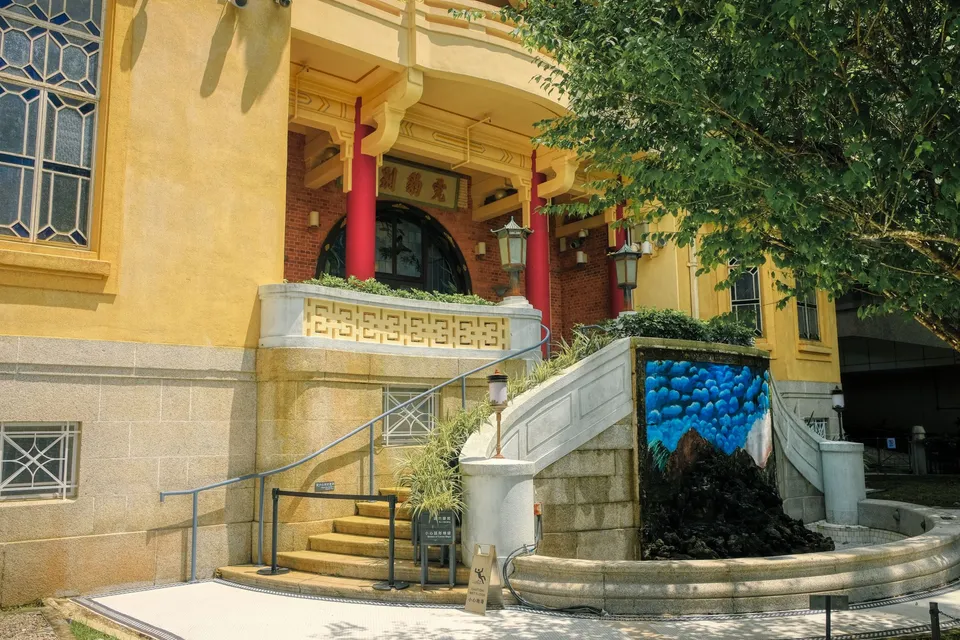
One of my friend expressed interest in film photography and we originally planned to visit Tai O for a photowalk. However, since I managed to book a tour at Haw Par Mansion, we went there instead in a fairly hot June day.
On our way to the mansion, the taxi driver mentioned the Tiger Balm Garden, which was a kind of free "theme park" that was open to the public from 1950s aside from the Lai Chi Kok Amusement Park. Ocean Park would have opened until 1977. Unfortunately, the land was sold for redevelopment and now its former glory is overshadowed by high-rising residential project.
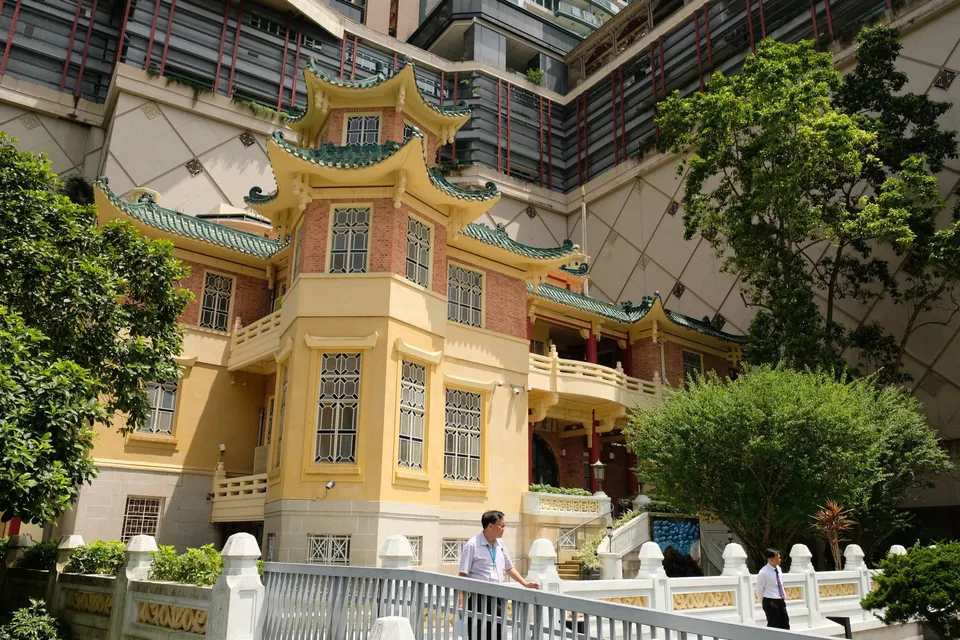
Some old slide photo scans of the Tiger Balm Garden can be seen on m20wc51's Flickr, or on Gwulo.com. It's interesting that a bunch of foreigners are more interested in preserving the past than the locals.
After checking-in, staff from the Hong Kong government gave us a tour inside the building. With introduction of the architecture, amenities, and history of the building, we were allowed to explore the first 2 floors of the building.
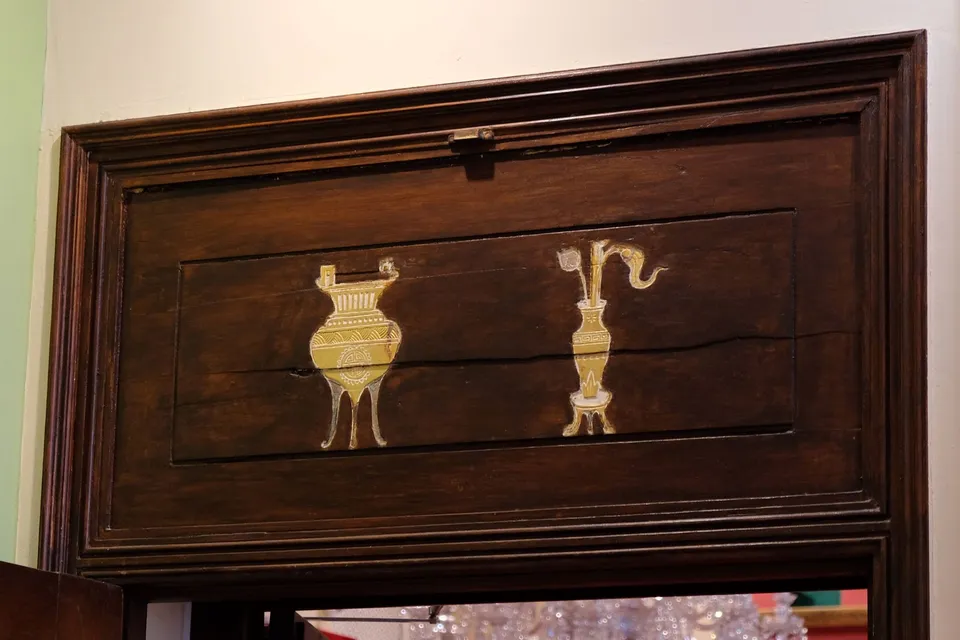
The guide did his job talking about the history of the place, what things are and what are they for. While people probably cared more about photographing the place, and photographing themselves in the place. To be honest I didn't find the narration very interesting. Most of the time, I am more interested in how the place shaped the experience of people living there and vice versa, however the guide could provide litttle insight to that. Last time people living here was like decades ago.
I dug up this document so you can learn more about the stuff the government cared about.
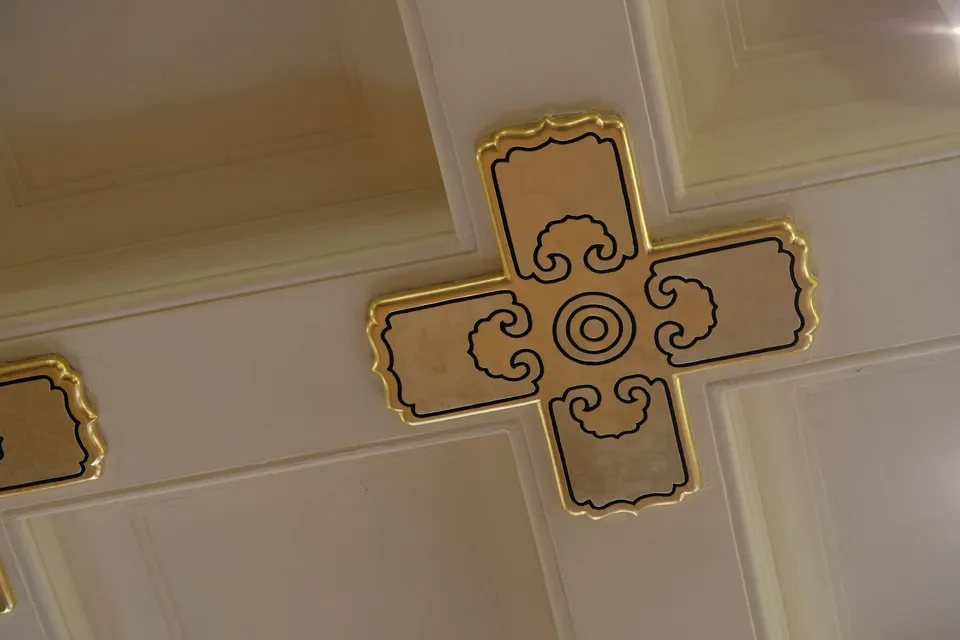
In the same tour, there was a person shooting photos using a Canon film SLR with automatic winding, and someone else using a automatic point-and-shoot camera, upon hearing the film winding sound, I was reminded to take out the film camera my friend wanted to try.
So, while the guide was speaking, I loaded a roll of Kodak ColorPlus 200 into my Olympus 35RC for my friend to try out. I picked this camera because it allows for both manual and automatic exposure, as long as he can nail the focus, things should be ok.
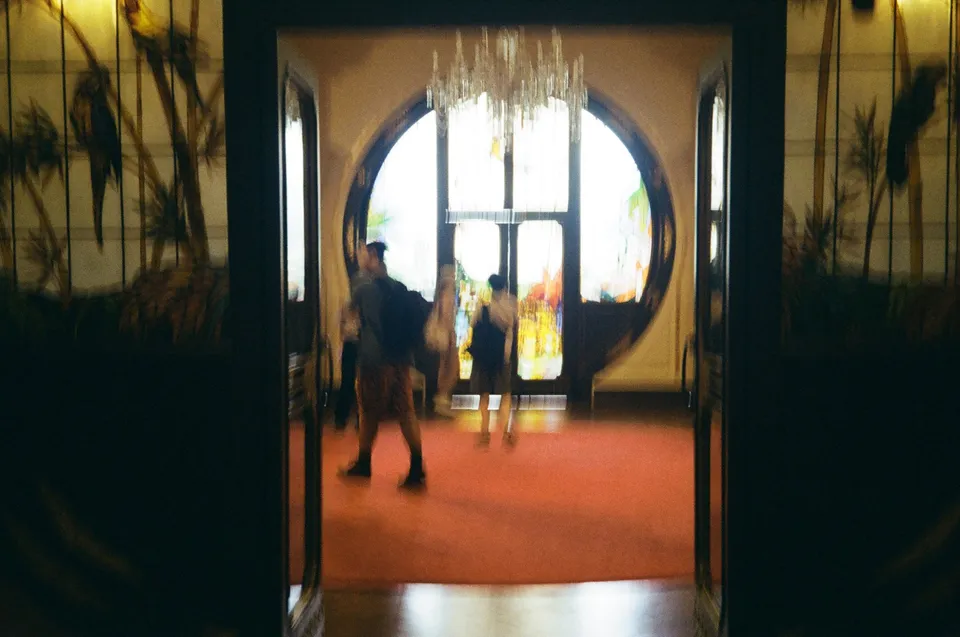
There goes $4. But fine, I wanted to promote film photography as an interest so this is the necessary cost. Shooting ISO 200 film indoor demands the slowest possible (ex. bulk) 1/15s shutter speed on 35RC. Because of the way Olympus's metering system works, there's a needle and a cam catching that needle to determine what aperture to shoot at, firing the shutter without first half-pressing the shutter release would require extra strength, and in turn introduce camera shake.
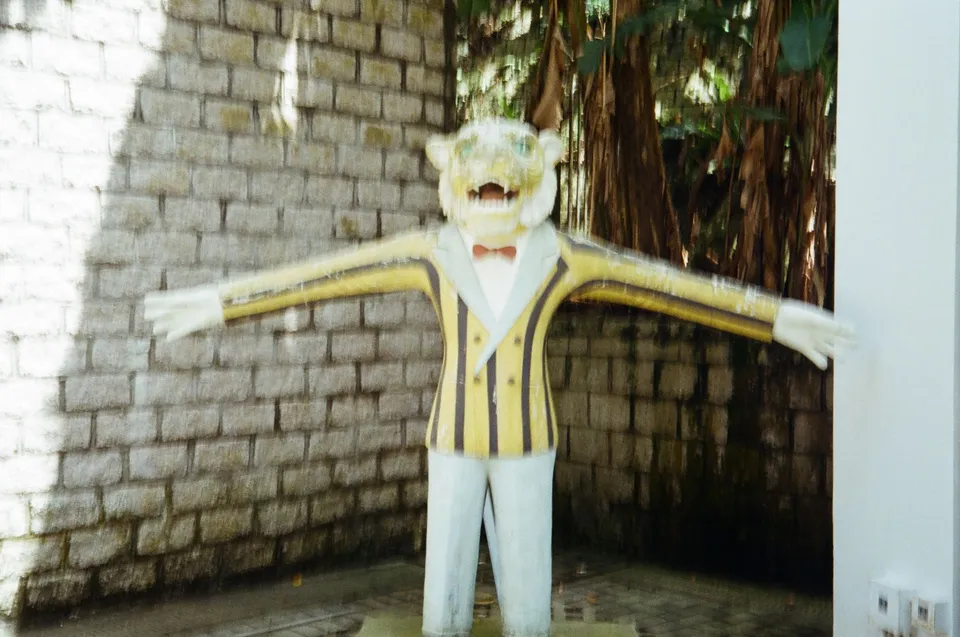
And, as I later learned, the yellow circle for focusing on my unit of 35RC was kinda very faint, causing easily missed focus for the inexperienced. On the relatively small focusing ring on 35RC, a few degree would means a focus several meters off.
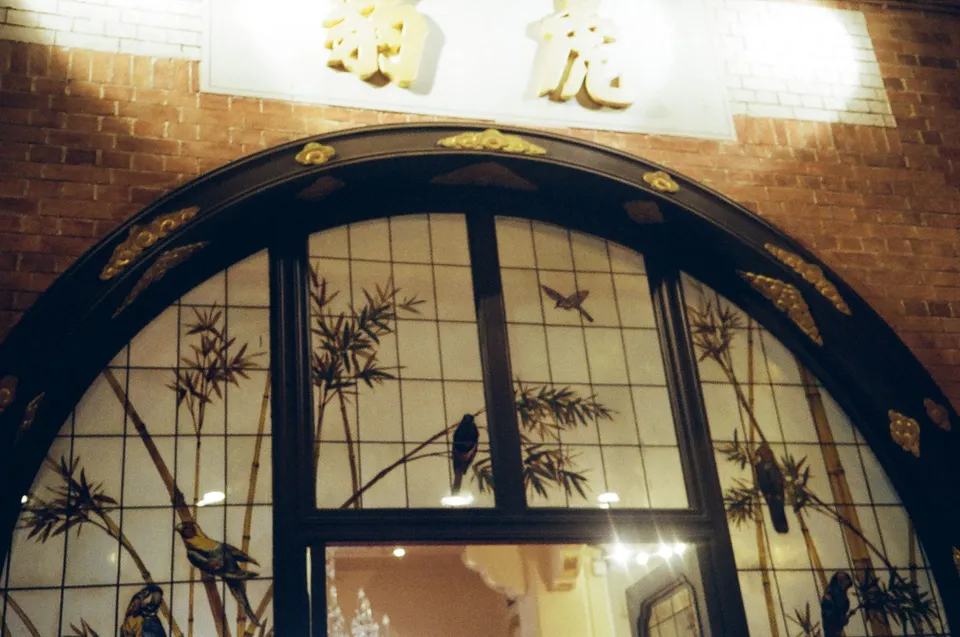
As my friend got more used to the camera, he was able to focus better and shoot photos that he wanted. Suddenly, though, the auto-exposure refused to work. I took over and shot a test shot, it went through. Then some time later, auto-exposured gave up entirely. I thought the battery was drained, so for the rest of the day my friend was shooting at manual mode, it was ok.
Strangely though, later that night my 35RC was fully working again, without changing the battery.

Some more photos of the building's interior.
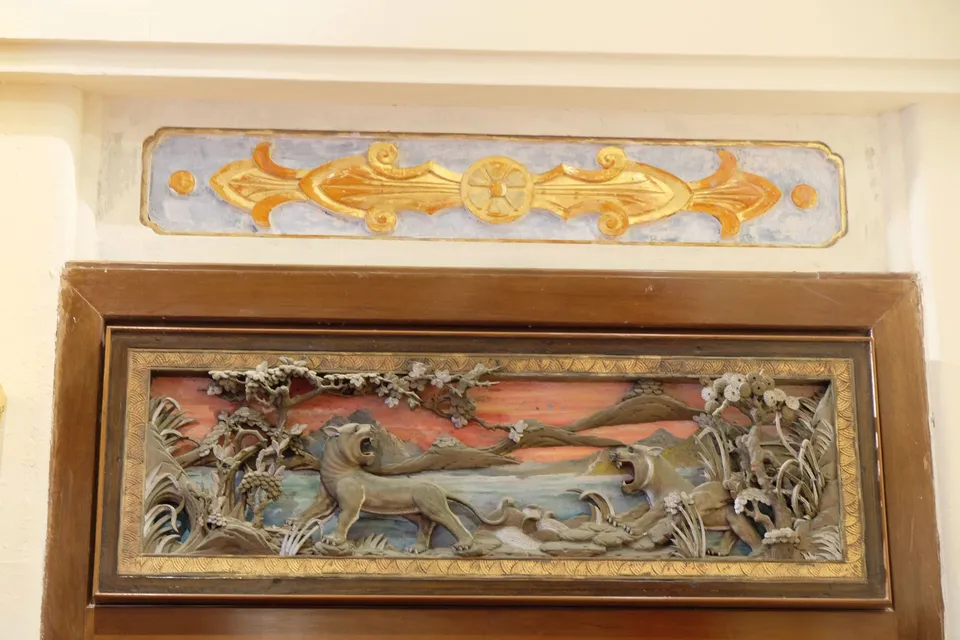
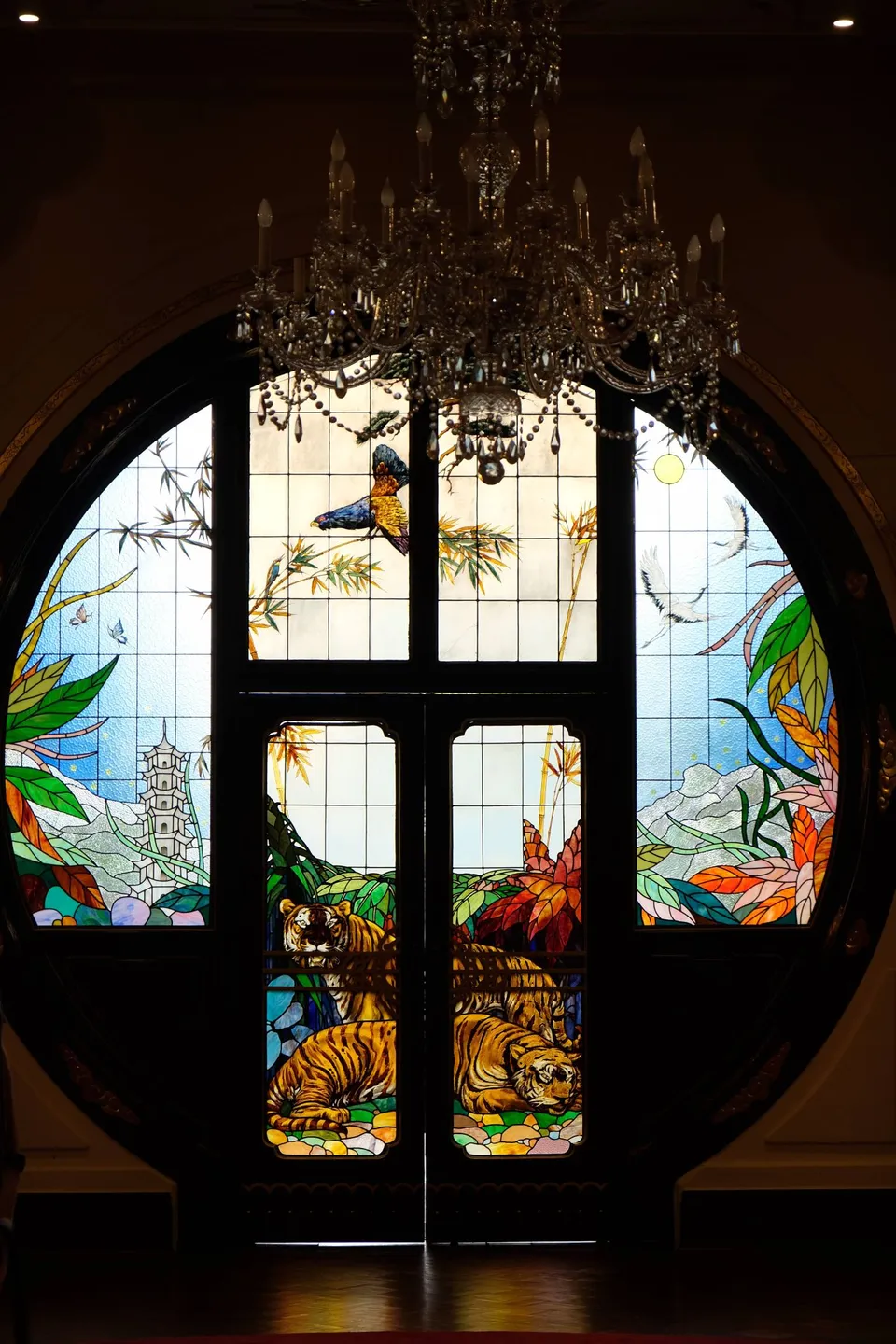
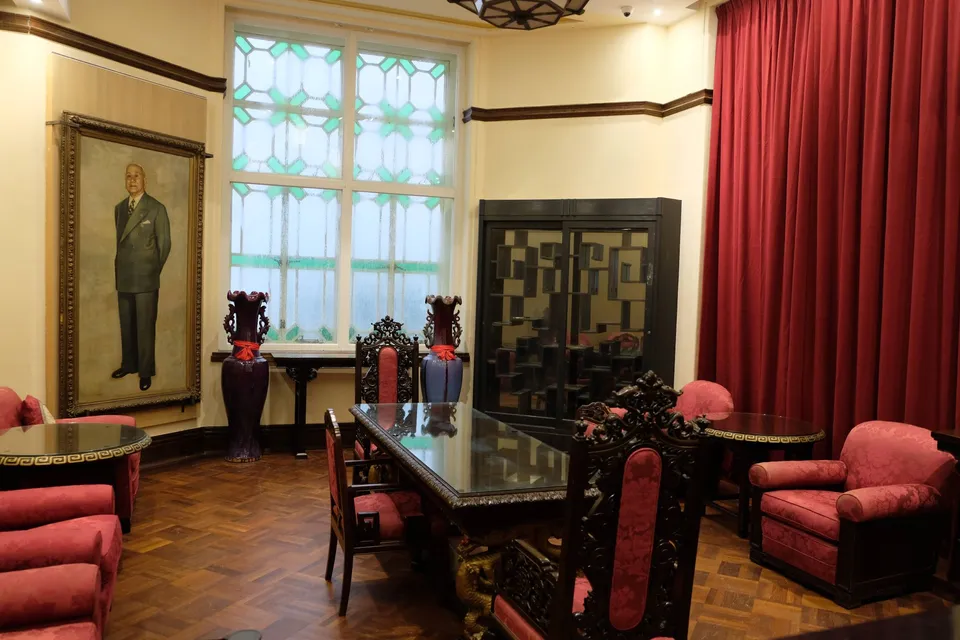
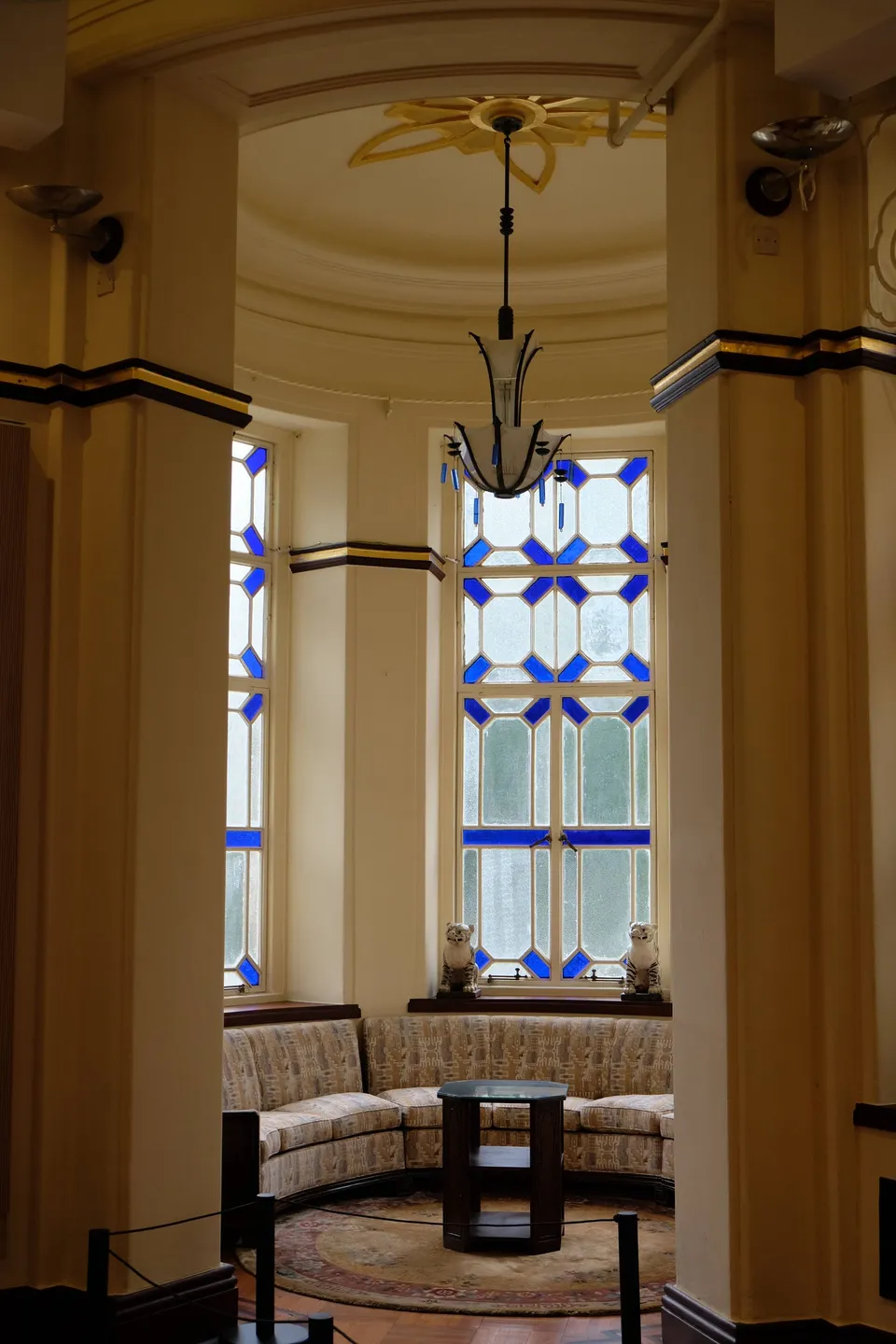
After discharging us from the air-conditioned building, we were shown to the garden, where the first photo of this post was shot. It was a hot day. My glasses and camera lens fogged the moment we left the building.
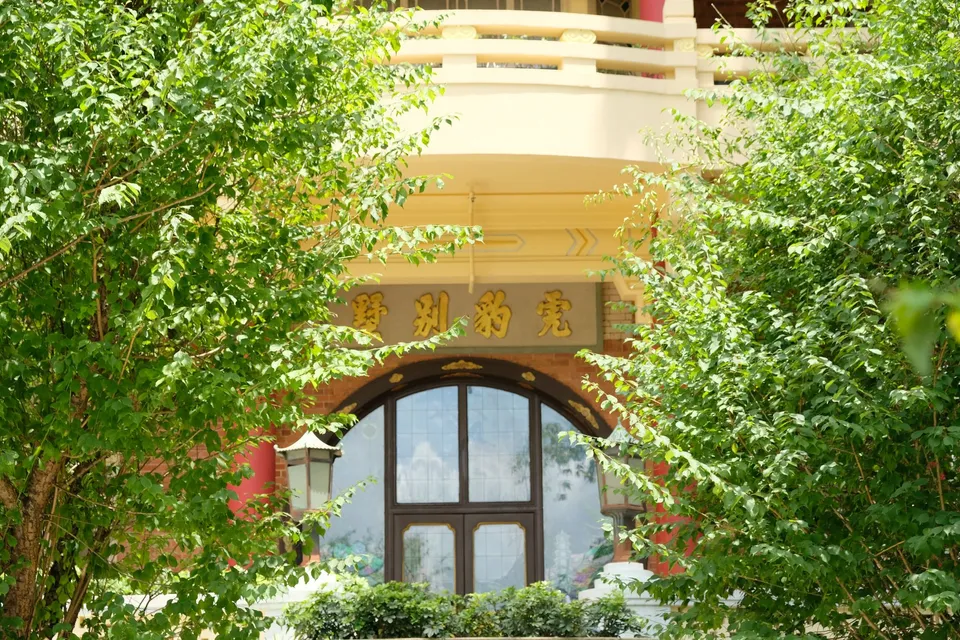
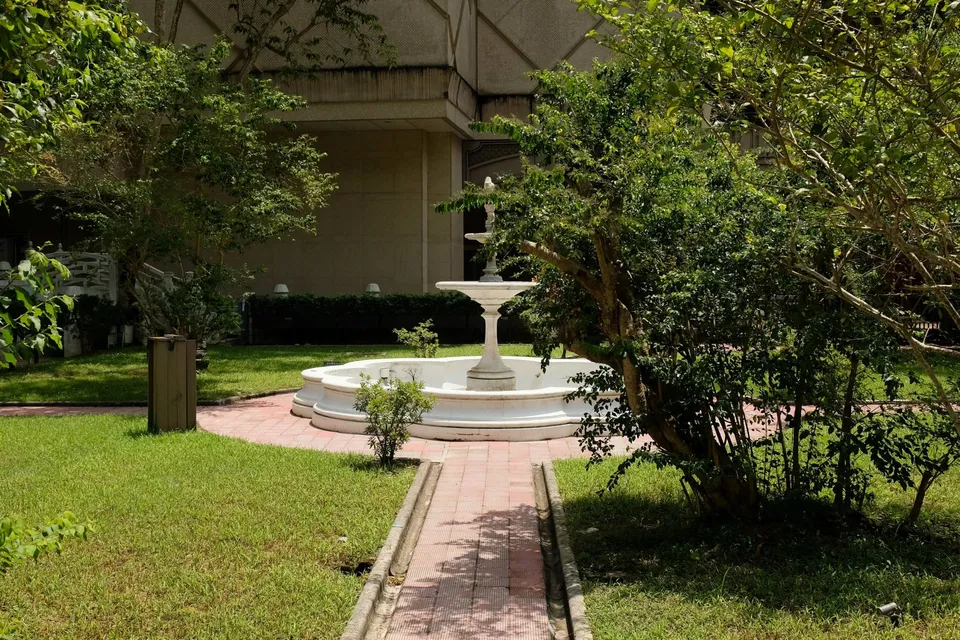
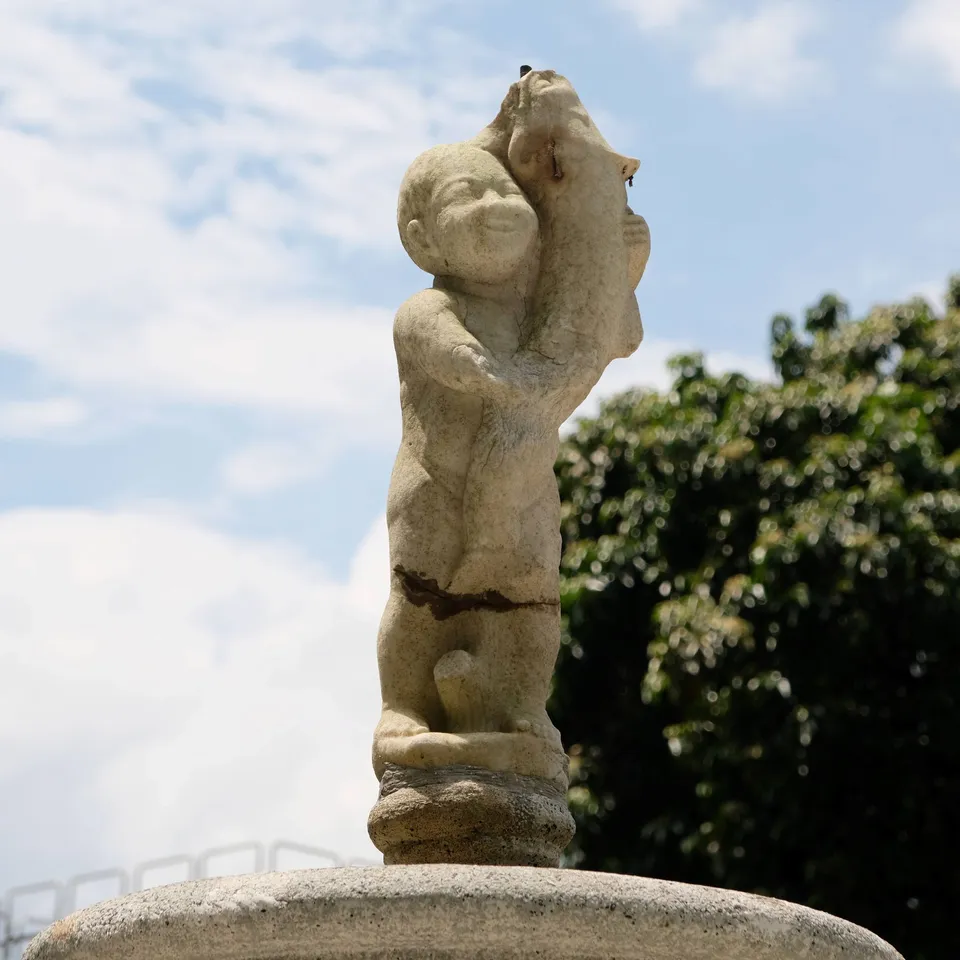
We were given maybe 10 minutes to take photos, before being ushered to the exit. The next batch of visitors are already waiting for their tour to begin.
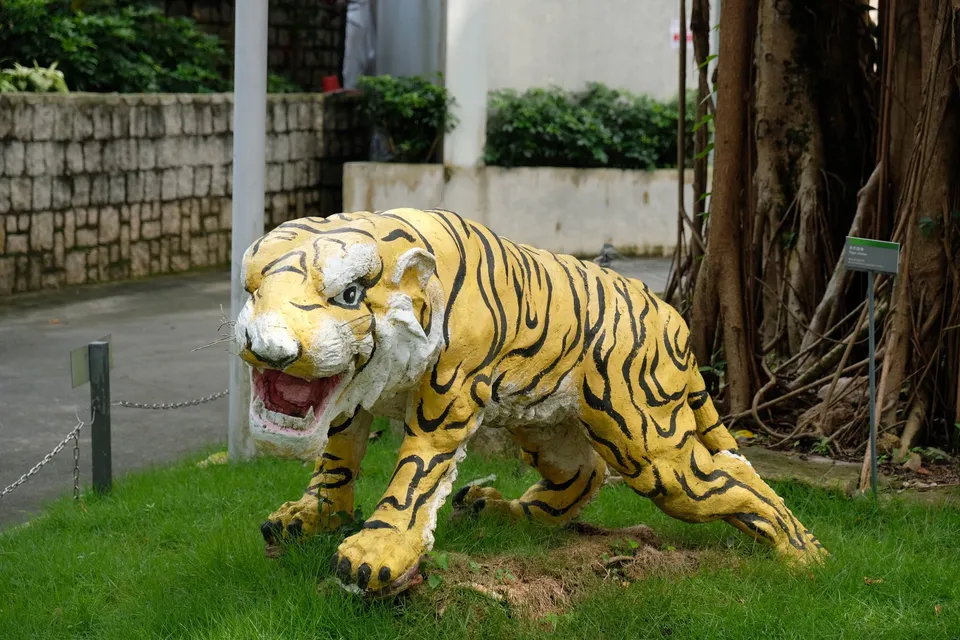
My friend hadn't finished the roll of film, so we decided to keep going, but first we went to Wan Chai for lunch. After that, I took him to the once place where every trip in Hong Kong Island may end up at: the Star Ferry. Let's save some money because crossing the harbor on MTR means a $10+ fare, at least.
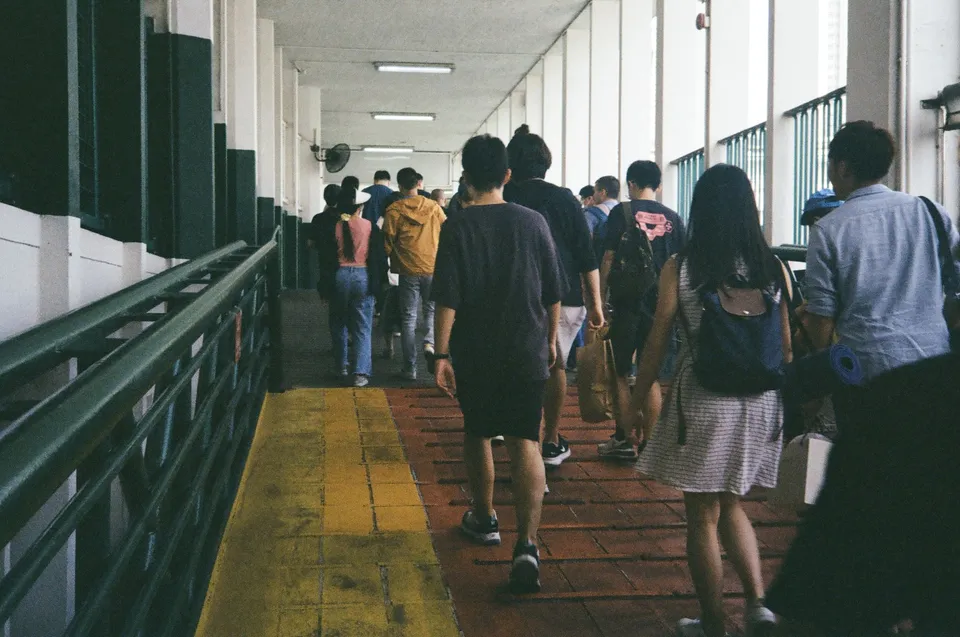
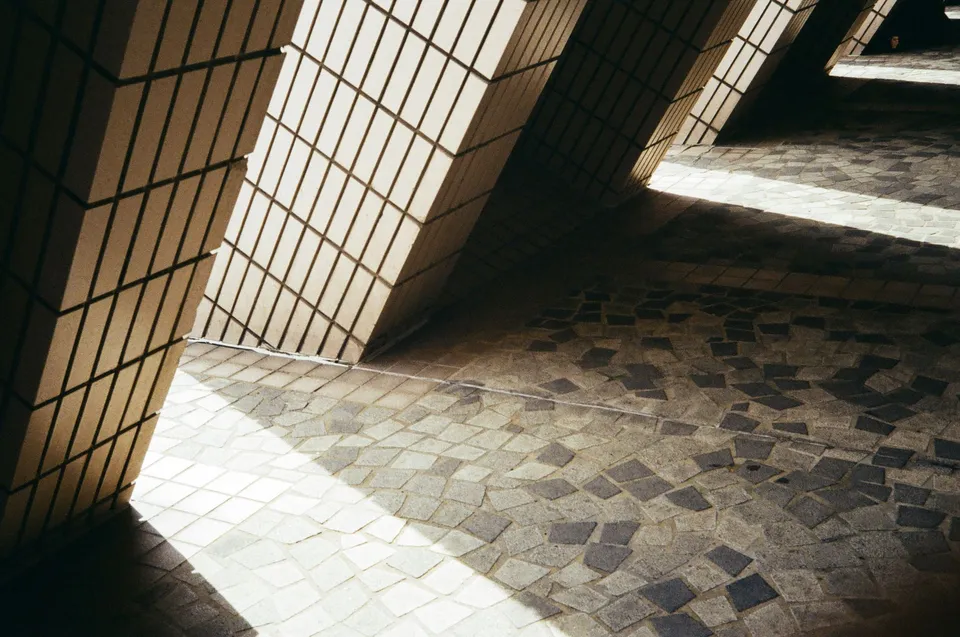
There was a giant rubber duck as well. I don't know. How impressive can that be? Why was everyone flocking to a giant floating rubber duck?
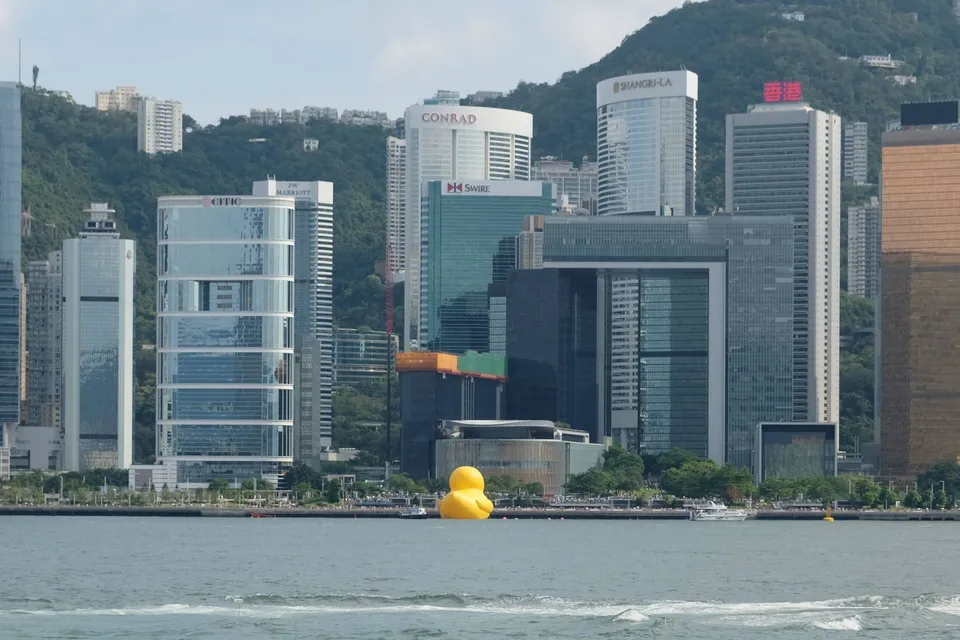
When I asked my friend how was his first film shooting experience. He seemed a bit overwhelmed. Maybe Olympus 35RC wasn't a right choice. Something easier to use, say like Mju maybe, but then to me there's no point. Shooting film is an analogue process, once should feel the light meter needle catching on the cam, the winding of film, and the click of the shutter…
OK, not everyone is in for the same reason, and I shouldn't force my belief upon others. The takeaways of the day was that for beginners, a fully automatic (focus included) is perhaps the best (despite me starting off from a fully mechanical viewfinder camera). And people can be in for different goals, for knowledge, for history, for photo, or simply to kill time.